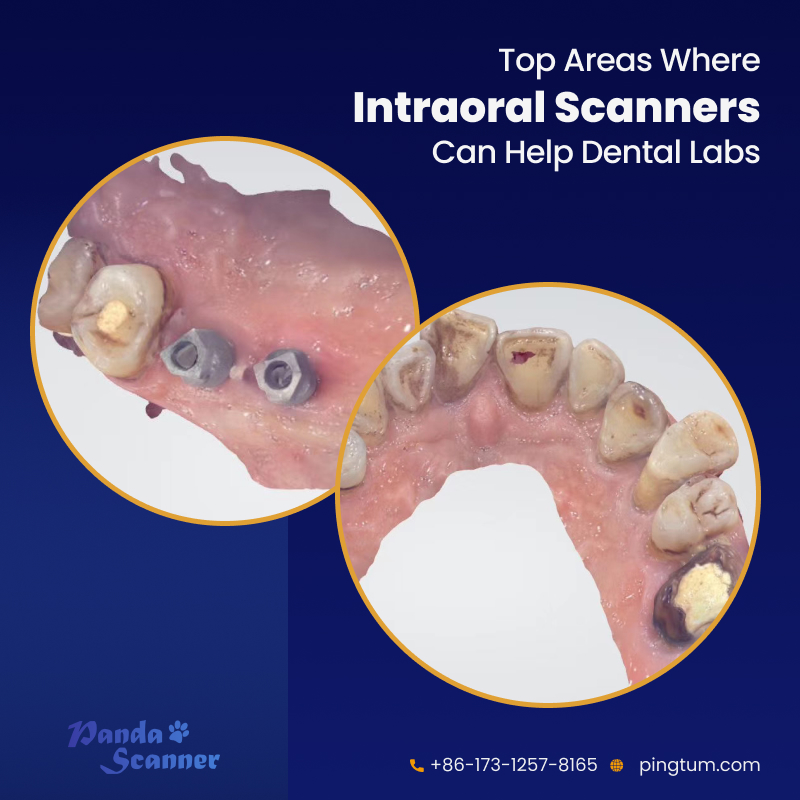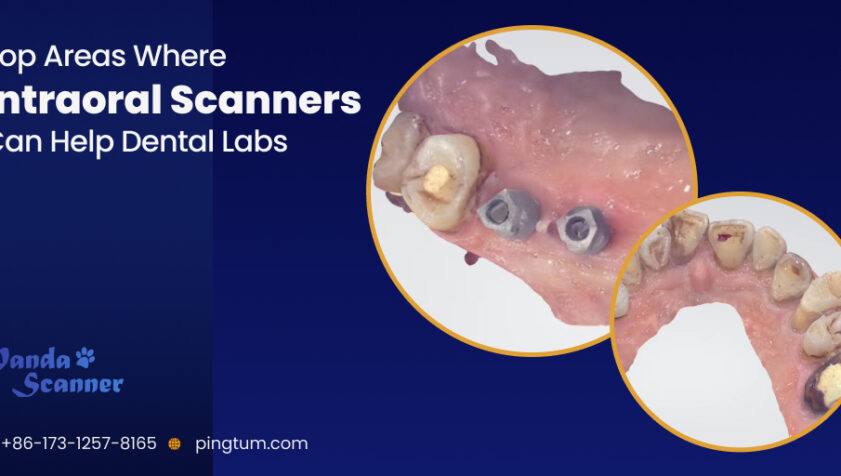When it comes to modern dentistry, we can see that the whole process has undergone a drastic change. Today, modern devices such as intraoral scanners are playing significant roles in streamlining the workflows of dentists and laboratories. It is helping the laboratories create perfect crowns, bridges, aligners, and implants. This has always been difficult with traditional dentistry, because not only did it take several sittings to achieve the perfect size of the cap, but also the handling of the PVC material often distorted the physical impression and led to failed treatments. All these have been sorted with the help of digitization, which has made the process simpler and more efficient and improved the flow of the laboratory process.
The digital impression system made it possible to send the impression data virtually via email to the dental laboratories. This is why the outcome remains unaffected and a high-quality result is obtained. Besides, the time consumption also reduces considerably in contrast to their traditional counterparts. In fact, traditional and digital methods are so different that it is not possible to compare them when it comes to intraoral scanners. To understand the applications of intraoral scanners, let’s focus on which areas the scanners can help in the labs in this blog.

Top Areas Where an Intraoral Scanner Helps in Dental Laboratories
The digital impression system has helped to transform the way dentists work, convey information to laboratories, and make decisions. In this section, let’s take a look at how and in which places intraoral scanners can help.
Predictable and efficient workflow
When dentists use the traditional impression system, there are a lot of scopes for them to make a human error. Also, the procedure consumes a lot of time. With intraoral scanners, these challenges can be eliminated. The scanned images that are obtained are precise and of high quality. The four ways in which digital scans have improved dental laboratories are:
- Fewer steps are required to make the right decision about the treatment procedure
- The dentist’s workflow has been improved
- A negligible amount of waiting is required to procure the dental impressions
- Digital scans help to craft dental restoration solutions in the right and improved way
Helps to plan treatment
With the help of the intraoral scanners, the dentist can understand what solution is required to fix the condition of the teeth. This is possible because these allow us to obtain scanned images that are clear and precise and even show the edentulous region of the mouth, which is extremely hard to reach. So, it can be said that digital dentistry can help to nullify the risks and errors that are associated with crafting dental restorative solutions such as bridges, aligners, braces, and others.
Quality cosmetic dentistry can be offered
Cosmetic dentistry is all about improving the teeth’s appearance with various options. The intraoral scanner helps the dentist assess the patient’s buccal cavity, and he or she simulates a smile and communicates with the laboratory for creating restorations. Here, the laboratory technicians can easily design the restorative solutions after obtaining the data about the occlusion, bite, and contact points. The technicians here can easily compare the designs that would match the upper and lower arches and then consider printing. Hence, with the help of digital dentistry, dentists can help patients get a smile in just one sitting, which was not easy with the help of traditional dentistry.
Prevent cross-contamination
In traditional dentistry, the molds with the help of which the impressions are obtained by the dentists can cause cross-contamination. This is because no molds are used to procure impressions in digital dentistry, and the patients are also not exposed to infections. Plus, the laboratory workers are also saved from infections.
Conclusion
These are some of the ways in which the digital impression system and the devices have been a boon to dentistry in various ways. In fact, digital scanners like the Panda scanners are designed to completely change the way dentists deliver dental services. Besides eliminating the risky process of taking impressions, where the patients had to wait with the dental impression material in their mouth when it came to traditional dentistry, it has also helped to streamline data flow and communication exchange. Therefore, today’s dental clinics are in a position to deliver a great patient experience and achieve patient footfall.






